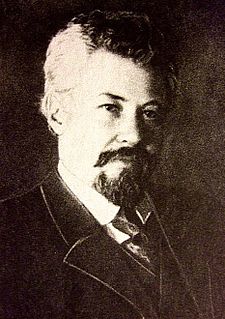| ||||||||||||||||
All 250 seats in the Chamber of Deputies 126 seats needed for a majority | ||||||||||||||||
| Turnout | 18.75% | |||||||||||||||
| ||||||||||||||||
| ||||||||||||||||
 |
|---|
| This article is part of a series on the politics and government of Myanmar |
|
|
General elections were held in Burma over several months between June 1951 and April 1952 due to internal conflict within the country. [1] [2]
The first elections since independence, they saw the Anti-Fascist People's Freedom League (AFPFL) win 60% of the vote and 199 out of 250 seats. Voter turnout was low at 20%, as only 1.5 million voters out of an eligible 8 million participated. [3] It was the lowest turnout for a Burmese election since the 1920s boycotts in colonial Burma. [1]

The Anti-Fascist People's Freedom League, or hpa hsa pa la (ဖဆပလ) by its Burmese acronym, was the main political alliance in Burma from 1945 until 1958. It was founded by the Communist Party of Burma (CPB) led by Thakin Soe, the Burma National Army (BNA) led by Aung San, and the People's Revolutionary Party (PRP) at a meeting held between 1–3 March 1945 as a reorganised version of the Anti-Fascist Organisation (AFO), formed to resist the Japanese occupation. The new organisation aimed to resist the Japanese occupation and achieve independence.

Voter turnout is the percentage of eligible voters who cast a ballot in an election. Eligibility varies by country, and the voting-eligible population should not be confused with the total adult population. Age and citizenship status are often among the criteria used to determine eligibility, but some countries further restrict eligibility based on sex, race, or religion.





